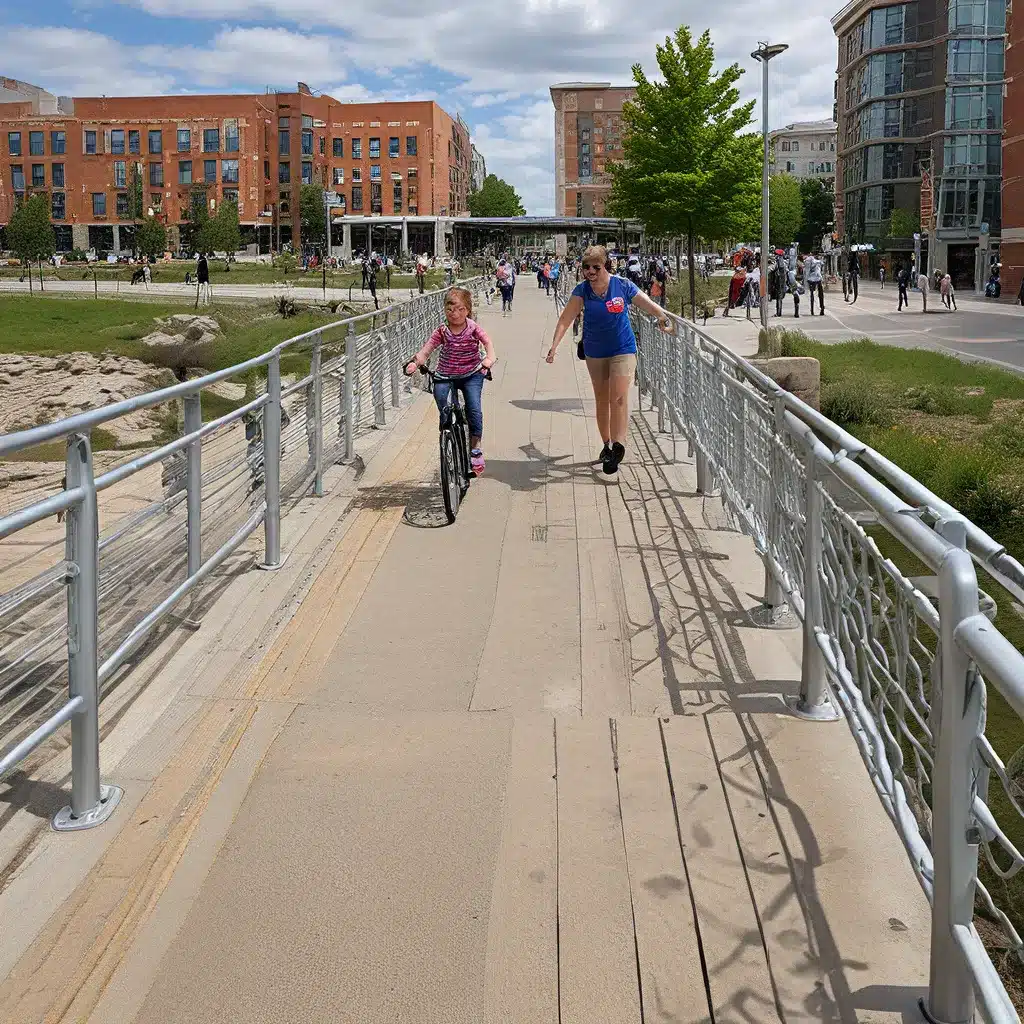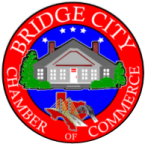
As a lifelong resident of Bridge City, I’ve always been proud of the vibrant community we’ve built. However, like any growing urban center, we’ve faced our fair share of challenges when it comes to ensuring our public services and amenities are accessible and inclusive for all. That’s why I was thrilled to learn about the city’s renewed focus on a citizen-centric approach to improving accessibility.
The Accessibility Awakening
It all started a few years back when our local government conducted a comprehensive survey to assess the needs and concerns of Bridge City’s diverse population. The results were eye-opening, to say the least. We discovered that a significant portion of our community – from seniors and individuals with disabilities to low-income families – were struggling to access basic public services and facilities.
One particular story that stuck with me was that of Sarah, a young mother of two who relies on a wheelchair for mobility. She recounted the monthly ordeal of navigating the cracked sidewalks and steep curbs just to reach the nearest bus stop, let alone the city park or community center. “It was like running an obstacle course every time I needed to go somewhere,” she told us, her voice thick with frustration.
Hearing Sarah’s story, and countless others like it, was a wake-up call for our city leaders. They realized that true progress couldn’t be made without actively engaging with the community and understanding the unique challenges faced by different segments of the population.
A Collaborative Approach
Determined to make a change, the city government launched a series of town hall meetings and focus groups to get input directly from citizens. What emerged was a clear mandate: Bridge City needed to adopt a more citizen-centric approach to public service delivery and infrastructure planning.
As the local Chamber of Commerce president, I was honored to be part of these collaborative efforts. We worked closely with city officials, community organizations, and accessibility advocates to identify the most pressing issues and develop targeted solutions.
One of the key priorities that surfaced was the need for improved mobility and transportation options. Many residents, especially those with limited mobility, struggled to navigate the city’s aging sidewalks, crosswalks, and bus routes. In response, the city committed to a comprehensive overhaul of its pedestrian infrastructure, including widening sidewalks, installing ramps and tactile paving, and upgrading bus stops to be more wheelchair-friendly.
Research from the Journal of Accessibility and Design for All highlighted the importance of such inclusive design approaches, noting that they not only benefit individuals with disabilities but also enhance the overall accessibility and livability of a city for all residents.
Embracing Innovative Technologies
But the city’s efforts didn’t stop there. Recognizing the potential of emerging technologies to revolutionize public services, Bridge City embarked on a GovTech-driven transformation focused on citizen-centric service delivery.
One initiative that really caught my eye was the city’s development of a mobile app that allows residents to report accessibility issues and request maintenance directly from their smartphones. Within days, the app had amassed thousands of user reports, helping city officials quickly identify and address problem areas.
But the app is just the tip of the iceberg. Bridge City has also invested in cutting-edge assistive technologies, such as smart crosswalks that use motion sensors and LED lights to enhance safety for pedestrians, and interactive kiosks equipped with braille interfaces and multilingual support to better serve our diverse community.
Research from the Harvard Kennedy School has shown that the strategic deployment of such technologies can dramatically improve the accessibility and responsiveness of government services, ultimately leading to greater citizen satisfaction and engagement.
Empowering the Community
Of course, technological solutions alone are not enough. The city has also placed a strong emphasis on empowering and engaging the community in the decision-making process.
One initiative I’m particularly proud of is the “Accessibility Champions” program, where we recruit and train local volunteers to serve as advocates and ambassadors for inclusive public spaces. These Champions not only provide valuable feedback to the city but also organize community events and outreach efforts to raise awareness and inspire action.
Another key aspect of the city’s approach has been the establishment of dedicated accessibility advisory committees, composed of diverse stakeholders from different backgrounds and abilities. These committees play a vital role in shaping policy, reviewing infrastructure plans, and ensuring that the voices of marginalized groups are heard and represented.
Fostering a Culture of Inclusion
As we continue to make strides in improving accessibility, what I find most remarkable is the shift in the city’s culture and mindset. Gone are the days where accessibility was an afterthought; today, it’s a core component of Bridge City’s vision for the future.
I recall a recent town hall meeting where the mayor proudly announced that accessibility would be a key criterion in the selection and design of all new public amenities, from parks and libraries to community centers and government buildings. The audience erupted in applause, a testament to the growing sense of pride and ownership the community feels in this transformative journey.
But the true measure of our success lies in the stories of individuals like Sarah, who now navigate our city with greater ease and confidence. I’ll never forget the joyful tears in her eyes as she recounted taking her children to the playground without having to worry about accessibility barriers.
These are the moments that make all the hard work worthwhile. As we continue to evolve and adapt, our unwavering commitment to a citizen-centric approach will ensure that Bridge City remains a vibrant, inclusive, and accessible community for generations to come.
So, if you’re ever in the neighborhood, I invite you to explore our city’s public amenities and experience firsthand the difference a citizen-centric approach can make. Who knows, you might even run into one of our Accessibility Champions, ready to share their story and inspire you to join us in this transformative journey.
Remember, you can always find the latest updates and information about Bridge City’s accessibility initiatives on our website, bridgecitychamber.com. I look forward to welcoming you to our thriving, accessible city!


